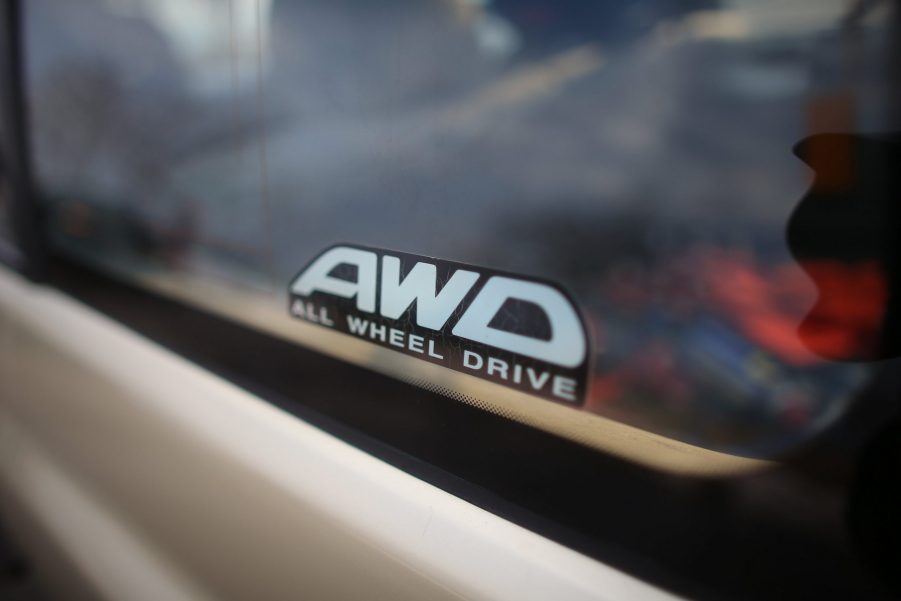
AWD vs. RWD vs. FWD Sedans: Which One is Right for You?
- AWD cars are best for those in snowy climates
- No matter what, tires will make the biggest difference in grip
- FWD doesn’t alway mean a car is cheap or boring
Believe it or not, just about everything you feel in your car is determined by which wheels are driven. Here, we’ll discuss how FWD, AWD, and RWD change that. More to the point, we’ll discuss which one you should buy. Do you really need AWD in the snow? Are rear-driven cars really just burnout machines? And why the hell do enthusiasts call front-wheel drive “wrong-wheel drive?”

Is AWD better than RWD?
Let’s start with the most driven wheels. For the purposes of cars that aren’t Bronco-like off-road SUVs, it’s the only way to use your engine to spin all four wheels. Moreover, a car equipped with AWD will generally be more expensive to maintain than a front or rear-drive counterpart. That’s largely owed to increased material costs.
Speaking of, you can expect to pay marginally more (this will vary car to car) for AWD car consumables, like brake pads and tires. Spinning four wheels means more energy is needed to stop, go, and turn. But what’s it like to drive? Of course, cars with four driven wheels will be more sure-footed in crap weather than others. However, know that tires have far more to do with this than the number of driven wheels. So, is AWD better than RWD? Yes! But not really?
Is FWD better than RWD?

It’s best to look at this conundrum through the lens of FWD cars. Both have two driven wheels, after all. First, RWD. In an emergency situation, it’s all about which you prefer, understeer or oversteer (see above photo of a gnarly drift). Generally, manufacturers have found that consumers prefer understeer. However, whether any one of these drivetrain types is better than the other is entirely dependant on you.
For example, a cheaper car is more likely to be FWD. It’s also more likely to be less fun than a RWD or AWD car owing to that understeer (and hence the “wrong-wheel drive” joke). Because you have to stop, go and turn with the front two wheels, a FWD car will also be prone to worse steering feel, if you care about that stuff. That’s why enthusiasts generally lean towards all or rear-wheel drive cars. The VW Golf GTI is a notable exception.
Which drivetrain you need is all down to your use case

So, to sum up, AWD is best for high-horsepower cars and those living in snowy climates. However, it’s also perfectly reasonable to slap some snow tires on a front or rear-driven car, as long as you’re not headed out in anything crazy. The truth of the matter is, you’ve simply got to drive each of these to see what your preference is. So, it turns out we really can’t settle the debate because there wasn’t ever one to begin with. Sorry.


